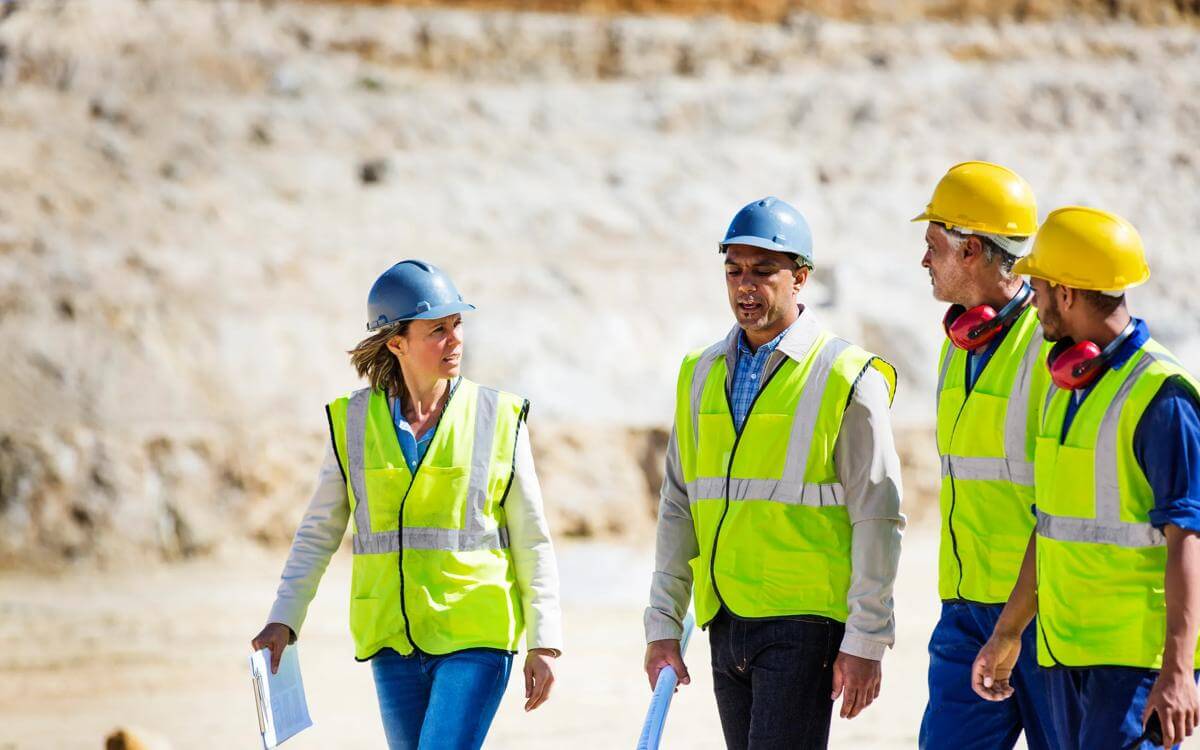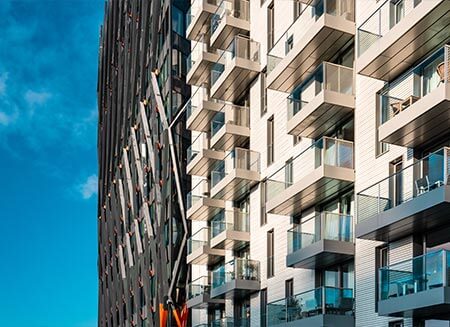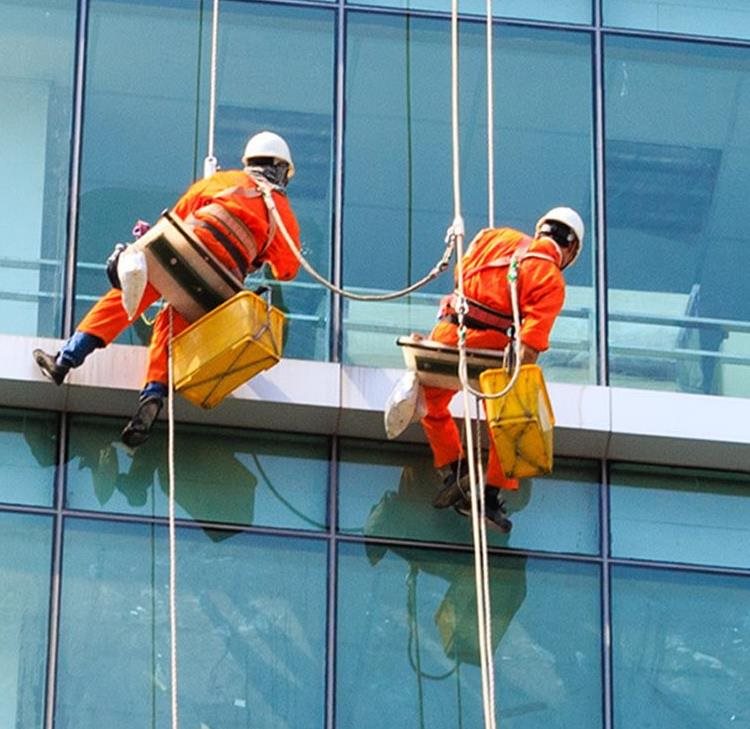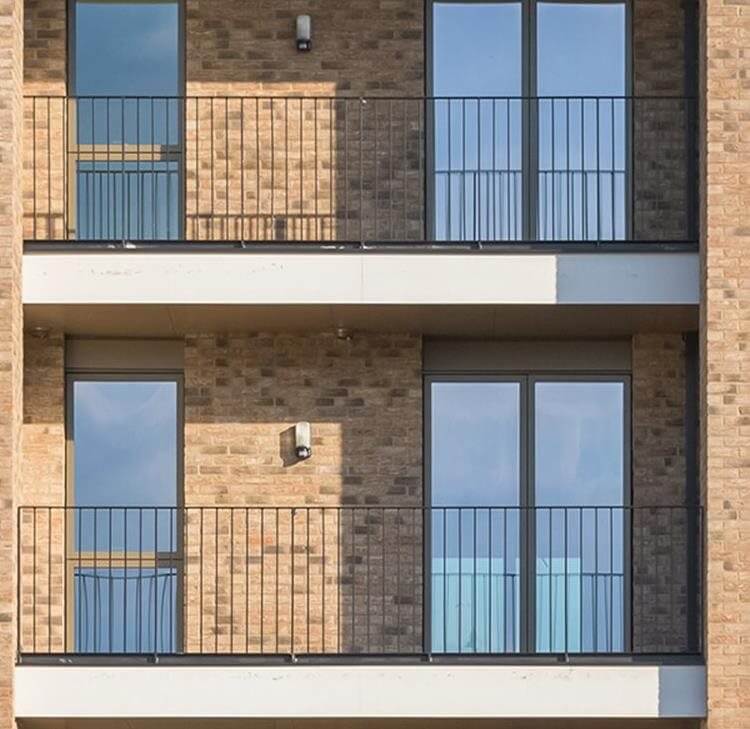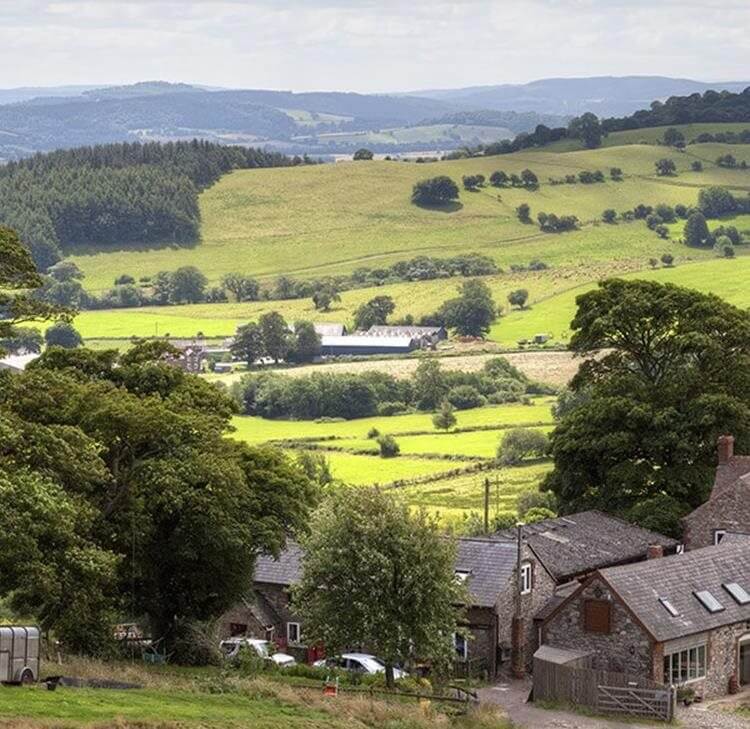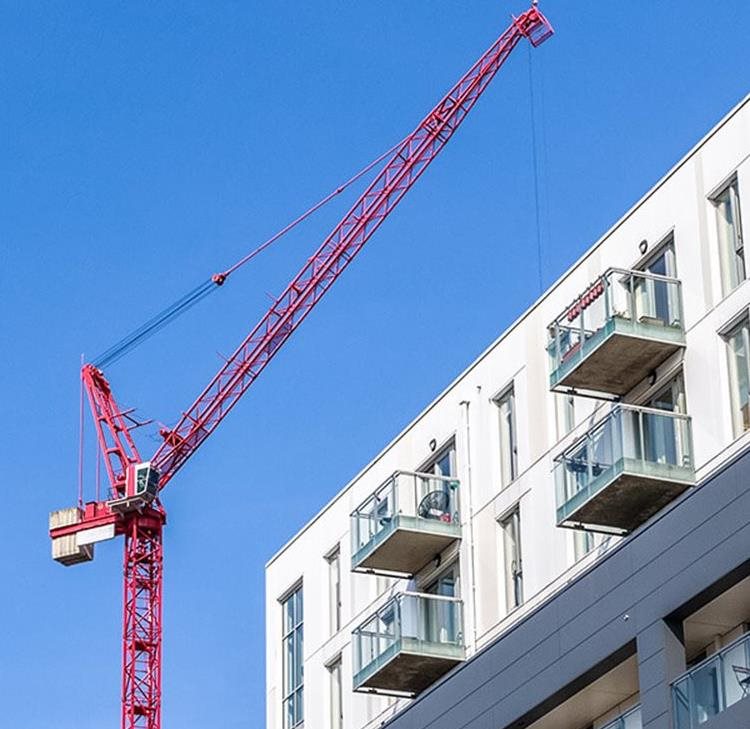There are a range of building codes and safety standards with which university buildings need to comply, including fire safety regulations and health and safety regulations. Failure to do so can pose a risk to students, staff and the general public.
If you’re developing your campus estate then you’ll need to comply with the latest building safety legislation, which is borne out of the Grenfell enquiry and introduced by the Building Safety Act 2022.
The requirements of this Act are continually evolving as more legislation is put in place, but currently there is one question which would need to be considered when carrying out new construction projects:
Is your new building either over 18 metres or 7 storeys tall?
The answer to this question will determine to what extent the new legislation will apply to your project.
If the answer is no
The Building Safety Act requirements we set out below will, on the most part, not apply, but the Building Safety Act will still extend the limitation period in relation to cladding products and under the Defective Premises Act. You should still be aware of other regulations and standards that govern building safety and need to be complied with.
If the answer is yes
You should ensure you take steps to comply with new legislation. Under the Building Safety Act, if a structure is considered a higher-risk building’ then additional requirements apply to the design, construction and maintenance phases of the project.
- The Building Safety Act extends the limitation period in relation to cladding products and under the Defective Premises Act. The limitation period is the period in which you will be able to commence a claim for any defects in the works. You may want to include clauses that, for the avoidance of doubt, clarify the contractual limitation periods will be extended where necessary by the operation of this legislation and extend insurance obligations to be consistent with the potential new limitation periods.
- The Building Safety Act introduces Building Liability Orders under which the Health and Safety Executive (HSE) can issue orders indicating where a building is not compliant with the Building Safety Act. You may want to include obligations in the contract which mean the contractor is responsible for carrying out rectification works at no additional cost if recommended by a Building Liability Order. However, we should be clear that the Building Safety Act also introduces provisions in relation to the winding-up of corporate entities and special purpose vehicles after completion of a project and you should be mindful that this will make you, as the building owner, responsible regardless of whether you are able to recover from your contractor.
- One of the major changes in the Building Safety Act is to establish a new division of the HSE as the new Building Safety Regulator (Regulator). The functions of the Regulator include implementing the new regulatory regime for higher-risk buildings and acting as the building control body for work relating to higher-risk buildings. In addition to the new Regulator, the Building Safety Act also introduces two new regimes which apply to during the design and construction of higher-risk buildings:
- the duty-holder regime; and
- the gateway regime.
Both of these regimes have a common requirement which is the maintenance of the “golden thread of information”. This refers to “the information that allows you to understand a building and the steps needed to keep both the building and people safe, now and in the future”.
New duty-holder roles
These new regimes will likely continue to be expanded within subsequent secondary legislation. However, it is known that the Building Safety Act creates various new duty-holder roles for the construction phase as well as the ‘accountable person’ for when a higher-risk building is occupied.
This ‘accountable person’ is any entity with the ultimate responsibility for repairing the whole (or part of) any occupied higher-risk building. In contrast, the “gateway regime” introduced by the Building Safety Act focuses only on new buildings.
In broad terms, this requires building control approval to be obtained from the Regulator before any building work starts and it must demonstrate how:
- the proposed works comply with Building Regulations; and
- the new duty-holder competence, golden thread and mandatory occurrence reporting requirements will be met in relation to the work.
We are aware that the additional requirements of the Building Safety Act are having an impact on campus estates and more broadly throughout the construction industry. Both our construction and regulatory teams will be able to assist you if you have any questions or if you are unsure of your obligations in relation to the Building Safety Act and associated legislation when developing your campus.
You may be interested in...
Opinion - Building safety
Building Safety Levy October 2026: What to expect
Legal Update - Building safety
URS v BDW: Comment and practical implications for the building industry
Legal Update - Be Connected (higher education)
Be Connected, higher education: Spring 2025
Published Article
Learning from Europe: Funding models for UK schools infrastructure
Legal Update
Royal assent for Martyn’s Law: A guide for educational institutions
Press Release
Education predictions: What does 2025 have in store for schools, trusts and universities?
Legal Update - Building safety
The Building Safety Act 2022: Managing risks for private equity investors and acquirers
Legal Update - Building safety
Case update: Secretary of State for Levelling Up, Homes and Communities v Grey GR Limited Partnership
Opinion
Regulator warning on future dangers of asbestos
Legal Update - Building safety
Do your campus buildings comply with the latest legislation?
Opinion
Government consultation launched on contractual controls on land
Legal Update
Installing EV charge points on university campuses
Legal Update - Building safety
The Building Safety Act: What to expect in 2024
Legal Update
COP28 - how to limit and prepare for future climate change
Legal Update - Building safety
New building control regime for higher-risk buildings
On-Demand - Building safety
New Building Control Regime webinar
Legal Update - Building safety
Building Safety Act 2022: New duty holder and competency regime from 1 October 2023
Legal Update - Building safety
Building Safety Act 2022: New building control regime from 1 October 2023
Podcast
The real estate podcast: How AI and tech is changing real estate
Legal Update
Higher-risk buildings – are you ready for 30 September 2023?
Guide
Terminating student lettings: a quick guide for landlords
Legal Update
Regeneration: what role can universities play?
Legal Update
Biodiversity Net Gain — Government publishes consultation response
Guide - Building safety
Government response to the consultation on the Higher-Risk Buildings Regulations
Legal Update
The importance of understanding the transitional provisions under the Electronic Communications Code
Legal Update
Biodiversity Net Gain: positive for nature and an opportunity for landowners
Press Release
Law firm picks up record breaking sixth Education Investor Award
Browne Jacobson’s education team has been named as winner of the ‘Legal Advisors to Education Institutions’ category at the Education Investor Awards 2022 for a record sixth time.
Press Release
Thousands take part in virtual careers event to help increase diversity in the legal profession
Over 3000 young people from across the UK and Ireland took part in a virtual legal careers insight event, aimed at making the legal profession more diverse.
Guide - Building safety
Building Safety Act 2022 update - secondary legislation
Guide - Building safety
How will the Building Safety Act 2022 impact buildings completed before the Act comes into force?
Guide - Building safety
How will the Building Safety Act 2022 impact on the design and construction of buildings commenced after the Act comes into force?
Guide - Building safety
How will the Building Safety Act 2022 impact on the ownership and occupation of higher-risk buildings?
Published Article - Building safety
The Building Safety Act 2022: Navigating building liability orders
Legal Update
be connected newsletter for higher education - May 2022
In this edition we provide you with the latest in legal updates, news and insight from the higher education sector.
On-Demand - Building safety
Building Safety Bill – what’s coming and how will it affect you?
Opinion - Building safety
Building Safety Bill receives Royal Assent
Opinion - Building safety
Building Safety Bill amendments
Press Release
Browne Jacobson’s C-suite exec level coaching team appoints two new education specialists
National law firm Browne Jacobson has grown its team behind its dedicated Space + Time executive coaching programme with the addition of two more qualified coaches who will work with clients in the education sector.
Legal Update
be connected newsletter for higher education - February 2022
In this edition we provide you with the latest in legal updates, news and insight from the higher education sector.
Legal Update
be connected newsletter for higher education - November 2021
In this edition we provide you with the latest in legal updates, news and insight from the higher education sector.




